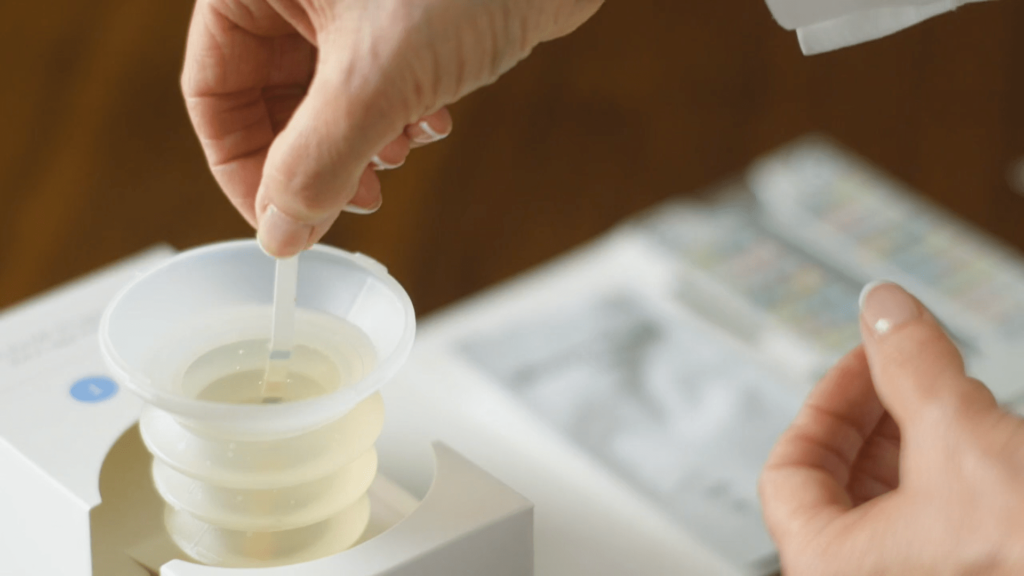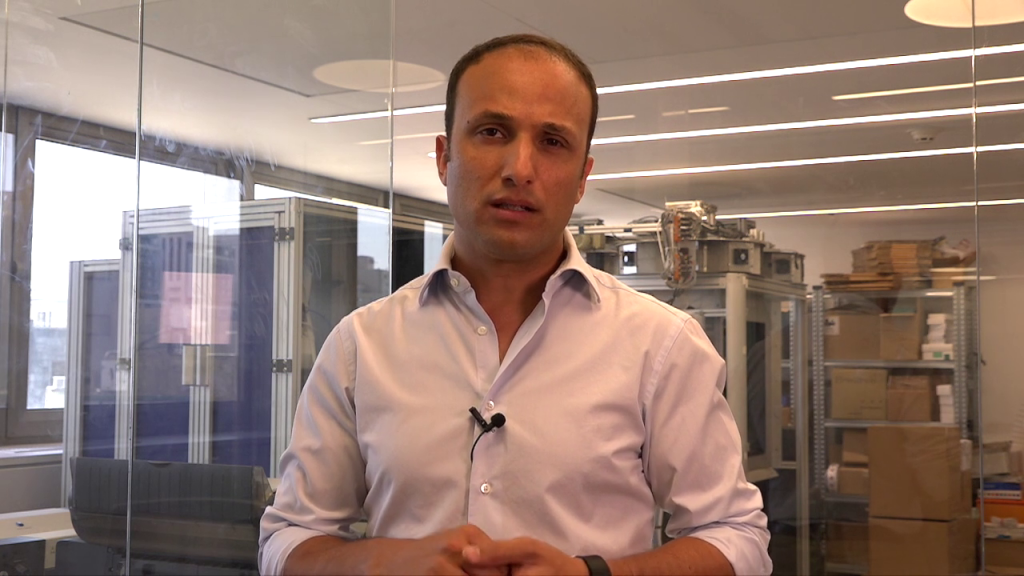Last month, CNBC selected Healthy.io and seven other healthcare companies for its annual Disruptor 50 list of “private companies whose breakthroughs are influencing business and market competition at an accelerated pace.” The non-healthcare companies on the list include such luminaries as Coursera, Airbnb and Lemonade.
Disruption is what happens when a lean and nimble tech company successfully challenges the incumbent businesses in its field. To many observers, healthcare has long been a field ripe for disruption. As John Seabrook wrote recently in the New Yorker:
"Our healthcare system is user-unfriendly and wasteful. The average patient has to wait twenty-nine days to get a physician’s appointment, and in most cases you don’t know what the visit and the lab work will cost until you receive a bill. If you need a prescription, you have to make a separate trip to the pharmacy."
Of the many forces acting upon healthcare—social, economic, regulatory, and others—technology seems to be the most beneficial. Its ability to offer increasingly better drugs and equipment is by now old news. But the best innovations are only beginning to tap the untold amounts of health data now available—from the human genome to EMRs and everything in between. As healthcare systems change their methods and culture to adopt value-based care, that data—and the sophisticated tools used to mine, process and analyze it—allow for a qualitative approach to health at a previously unimaginable degree.
In 2020, another major disruptive force entered the healthcare space: the COVID-19 pandemic. The coronavirus poses the single greatest challenge to healthcare in over a century, yet the need to adapt has accelerated innovative tech trends, chiefly the use of remote care. When choosing this year’s edition of the Disruptor 50, CNBC considered how each company was impacted by the pandemic. But it is even more interesting to explore how the healthcare companies they selected are reshaping the future of healthcare in the face of COVID, in ways that will have effects sure to be felt years after the threat has abated. Each company in our cohort exemplifies the approaches that inform our work here at Healthy.io every day.
1. Heal
Heal began as a service that provided healthcare on demand by sending doctors on house calls—a new, technology-powered solution to a very traditional form of care. In light of the pandemic, it has shifted gears to a hybrid remote-first approach, allowing patients to first see a doctor via videoconference. If an in-person visit is still necessary, a house visit is scheduled.
2. K Health
Another company that takes a remote-first approach—with a smartphone powered solution close to our heart—is K Health, a fellow Israeli company. Their app is home to an AI-powered chatbot that questions users on their symptoms and then helps quickly diagnose them for free. The diagnoses rely on a wealth of patient data, including the real-life diagnoses they received from their physicians, all of which are provided by K Health’s partners Maccabi Healthcare Services, the Israeli HMO.
3. Zipline
While telemedicine has always been particularly useful in helping people in rural settings gain access to quality care, sometimes video appointments are not enough to solve the transportation barriers facing remote communities around the world. Zipline solves the transportation hurdle by deploying drones to transport critical medical supplies, such as blood and vaccines, to remote locales in Africa, helping to collapse otherwise insurmountable geographical barriers. Their goal is to make essential medical products just a 15-to-30 minute drone flight away from every single human on the planet.
4. Butterfly Network
Another way to help spread quality care to underserved populations is by making quality testing cheaper and portable—taking testing out of central clinics to wherever people need it most. To that end, Butterfly Network has developed a handheld ultrasound device that allows for full-body scans with none of the cumbersome equipment normally associated with such scans and at a fraction of the cost. An app allows the clinician to securely share the scan in real time with other clinicians working remotely.
5. Tempus
Tempus uses what they say is the world’s largest library of clinical and medical data to create tools for precision medicine. Most healthcare data is messy, unstructured and underutilized at best. Tempus’s machine learning algorithms can make sense of the mountains of data untapped by oncologists, singling out methods that work best.
6. Neteera
With many millions of people housebound, the pandemic has highlighted the importance of remote monitoring, particularly for people with chronic conditions wary about visiting the clinic due to the risk of exposure, but required to remain vigilant about keeping their conditions in check because of the dangers of neglecting them even briefly. For remote monitoring to scale, it must be as user-friendly and frictionless as possible. Neteera, another fellow Israeli company, offers convenient and comfortable remote monitoring from home. Rather than the unwieldy equipment that crams hospital rooms, Neteera uses tiny, contact-free micro-sensors to vital signs and indicators, reducing the need for sensors and wires typically used to monitor conditions like sleep apnea.
7. GoodRx
We don’t expect one company to emerge with the be-all and end-all solution to humanity’s healthcare woes, but of a swarm of startups each doing their part to bring innovation to the corner of healthcare where it has the most to contribute. Will the healthcare companies like those on this year’s Disruptor 50 list truly disrupt the major healthcare players? They’re more likely to make them even better. Take GoodRx, the online pharmacy marketplace that lets users comparison shop at scale to find the best drug prices at the pharmacies most convenient for them. Its solution builds on pharmacies’ strengths, and has been embraced by retail giants like CVS and Target.
8. Healthy.io
Remote care and monitoring; AI and machine-learning; smartphone-powered health solutions; breaking down transportation hurdles and empowering pharmacies—these healthcare trends are our bread and butter. Our kits are available in pharmacies, and are also delivered to people’s homes, helping them care for themselves quickly and safely. Our technology deploys cutting-edge AI to conduct clinical-grade urinalysis using an ordinary smartphone. By shifting testing from the clinic to people’s homes, we’re helping to keep pregnant women, women with suspected UTIs, people with chronic wounds and those at risk for chronic kidney disease safe and comfortable.
Such “disruptive” trends are not innovation for innovation’s sake. They have saved lives during the pandemic and will continue to keep people safe and healthy for many years to come. Seeing how they are manifested in other companies is an inspiration, and a harbinger of great things to come.







